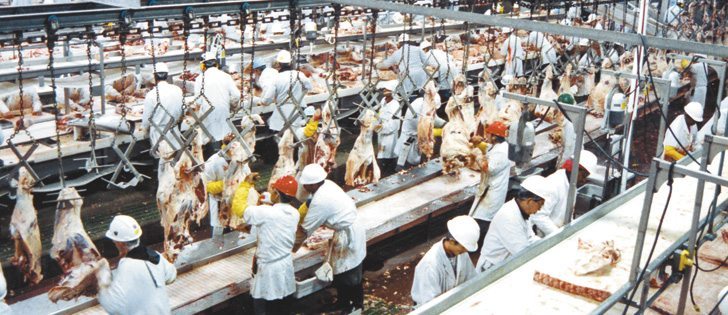WASHINGTON, D.C. (Reuters) – The U.S. government will re-draft its moribund livestock-tracking program, which has been attacked as a violation of privacy, so that it covers only animals that cross state lines.
Agriculture secretary Tom Vilsack said the revamped system would be run by the states, with the U.S. Department of Agriculture bearing much of the cost.
The tracking system is intended as a bulwark against the spread of dangerous diseases.
“We have to take a different direction,” Vilsack said.
Read Also

Trump’s tariffs take their toll on U.S. producers
U.S. farmers say Trump’s tariffs have been devastating for growers in that country.
While the new system would cover a high percentage of cattle, hogs and poultry, it would exempt backyard flocks and livestock that are sold and consumed locally.
Vilsack said the new focus was a response to complaints about federal intrusion into private property.
“What is certain is that animal disease traceability will be required for animals moving in interstate commerce,” the department said in a fact sheet.
Only one-third of U.S. livestock producers have registered under the voluntary animal identification system now in place, too few for the system to be effective if there is an outbreak of contagious disease.
Congress has faulted USDA for inconsistent leadership and threatened to cut off funding.
The department embraced a nationwide traceback system as a response to the discovery of BSE in the country in 2003. The system foundered on disagreements over confidentiality of information and who would control the database, the government or the private sector.
Under the new plan, states would compile information about producers and be in charge of access to it, Vilsack said.
He said the USDA would seek a flexible system that adapts to varying production systems across the country and that encourages lower-cost technology.
“Ear tags will work. Ear tags will be fine,” he said.
USDA official John Clifford said states could use systems already in place to identify livestock. Ear tags are a commonly used approach that cost pennies apiece, he said, while radio identification tags can cost $2 dollars each.














